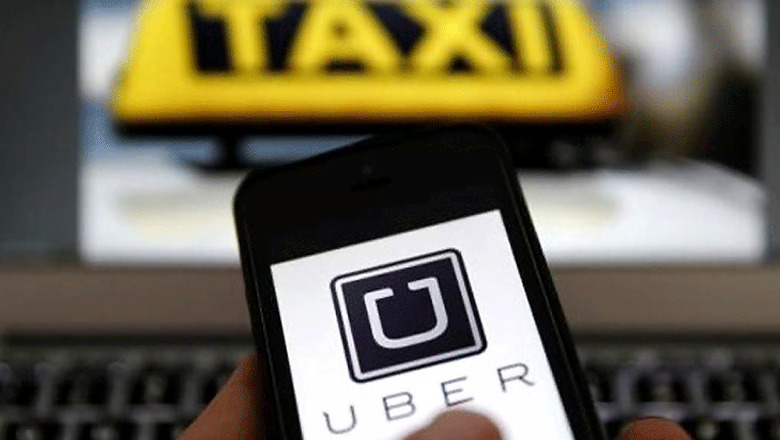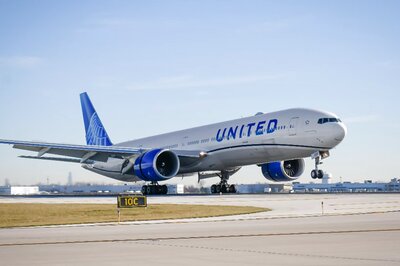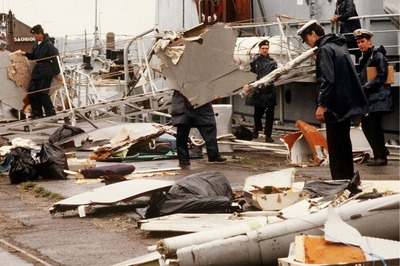
views
The Competition Commission of India (CCI) is taking a keen interest in surge pricing practiced by cab companies like Ola and Uber, even as drivers have resorted to a strike in Mumbai and customers complain of increased fares charged by ride sharing companies.
"The CCI is looking at what surge pricing is and how it works,” a government source with knowledge of the matter told News18. The source said that it would take the commission more time to fully grasp how taxi aggregators charge for their services when cabs are in short supply. A course of action will be decided when a full understanding of the issue is reached.
The source stressed that the CCI is studying the issue because it is the job of the body to understand how competition works in every economic sector and geographical market of the country. It is not a result of a complaint against the practice of surge pricing made by anyone or a case of the commission taking suo-motu notice.
The Competition Commission of India is a statutory body which ensures that markets in India remain economically competitive and that the interests of consumers are protected. The CCI is the main enforcer of the Competition Act, which prohibits anti-competitive agreements, abuse of dominant position by companies.
Uber and Ola drivers in Mumbai are on a one day strike today protesting against the cuts in the incentives they get from the companies and the Maharashtra Motor Vehicles Rules 2017, which seeks to regulate app-based cab services and surge pricing.
This comes on the heels of similar strikes in Delhi, Hyderabad and Bengaluru, where cab drivers were protesting against the reduction of incentives, which cut into their incomes. A report in the Hindu BusinessLine has said that both Uber and Ola have increased fares by 50-70% because of fewer cabs on the roads caused by driver strikes.
An industry source, who wished to remain anonymous, told News18 that when customers book rides through the app a rate card shows the fares for each category of cab and if prices are higher due to a mismatch between demand and supply. “All prices are mentioned in the app and if there is an increase in fares the customers know because on the app there is an arrow which shows if prices are up,” the source said.
However, he declined to say if there has been an increase of fares across the board: “That’s a very difficult question to answer because the fares are determined by an algorithm and are different across categories and cities.”
A dozen driver partners that BusinessLine spoke to said that despite logging onto the cab aggregator platforms from as early as 7 am, they receive just 2-3 trip requests over 6 hours, resulting in zero incentives for the day, reducing their monthly earnings by almost half.


















Comments
0 comment